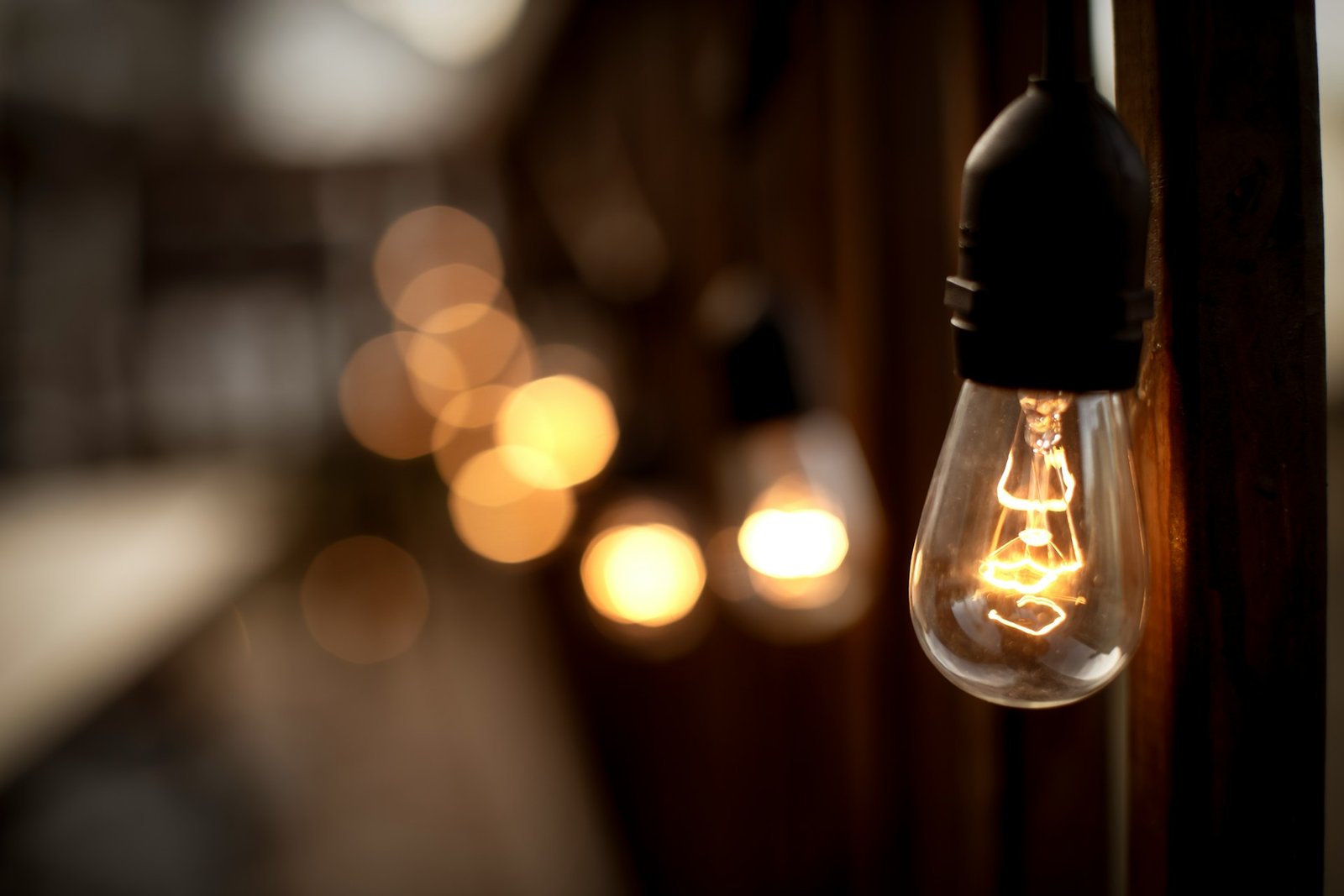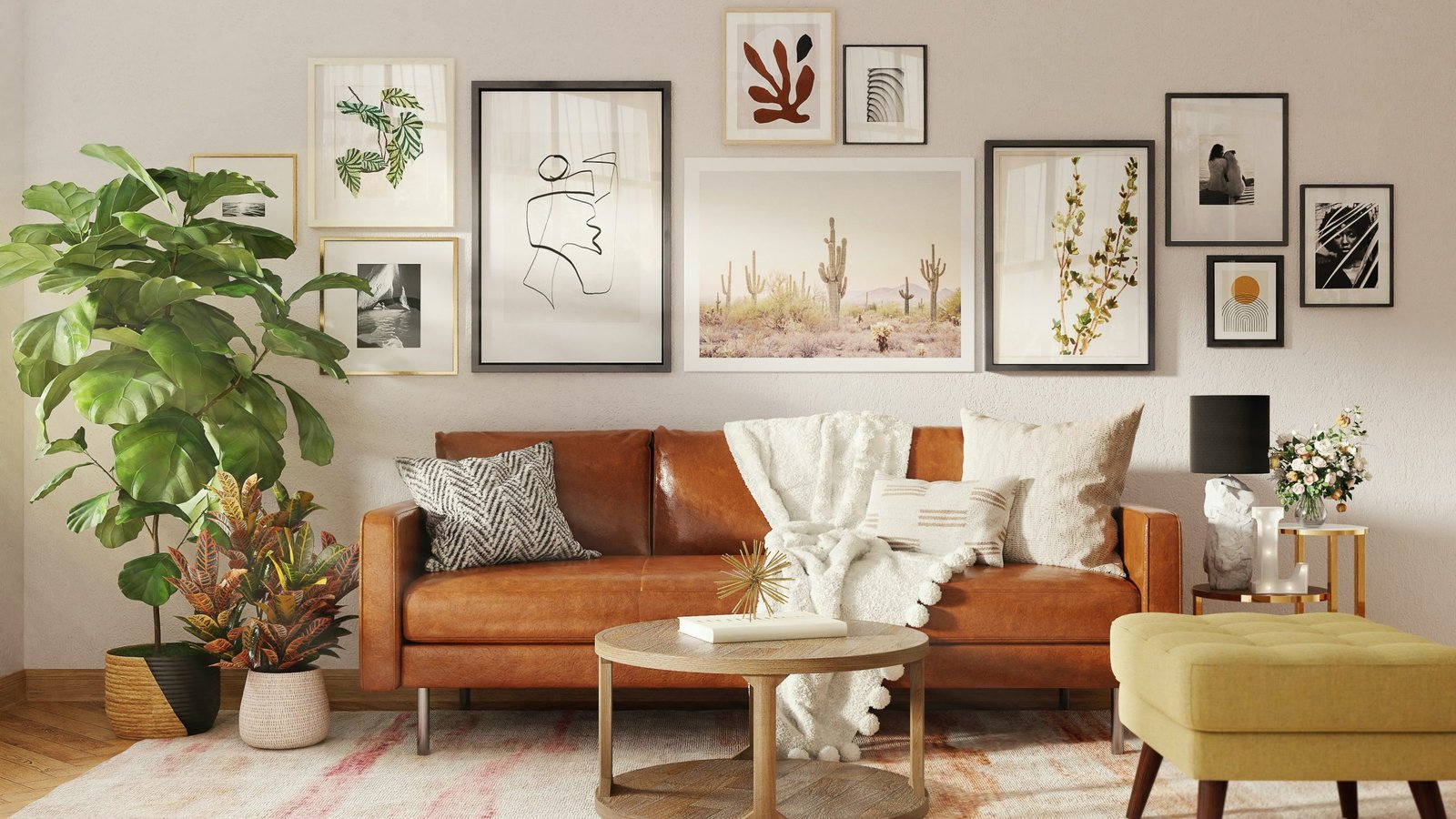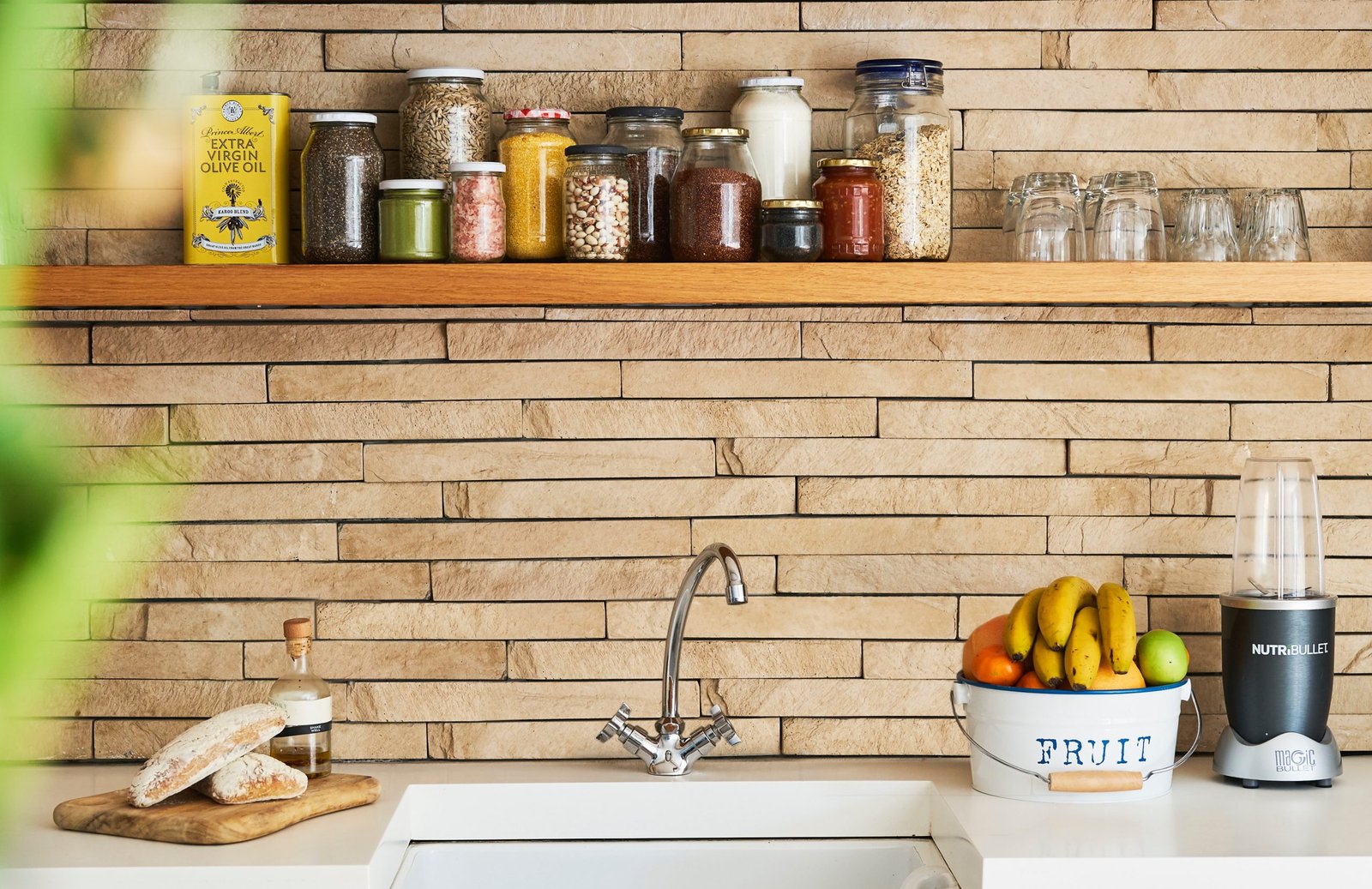Spotlights are small lights with big personalities.
They won’t just shine—they’ll direct, highlight, and totally boss your room’s vibe.

Whether you’re lighting up artwork, your kitchen counter, or the garden gnome outside, picking the right spotlight is vital. With the wrong ones, your cosy lounge will look like a crime scene. With the correct GU10 bulbs, though, you’ll enjoy a superb ambience.
This guide breaks down spotlight types, buying tips, placement advice, energy efficiency, and more. Grab a cuppa, and let’s start making your home brighter and better.
Understanding Spotlight Types
No two spotlights are the same. Knowing the available types can help you avoid lighting your dog instead of your bookshelf. Each suits a different space and job. So don’t just pick the one that looks shiny.
Fixed vs. Adjustable Spotlights
Fixed ones stay put, making them fantastic for general lighting. Adjustable ones move, letting you aim the light like a tiny sun god. They’re perfect for artwork, shelves, or anything worth showing off.
Recessed Spotlights
These lights are flush with the ceiling. Sleek and subtle, they’re ideal for modern homes where “visible light fittings” are considered offensive.
Track Lighting
These are lights on a track. As the gymnasts of lighting, you can slide them along or twist them around. Great for open spaces or showing off your gallery wall (or Lego collection).
Outdoor Spotlights
These are the weatherproof warriors. Use them to light paths and trees, or make burglars think twice. Just check the IP rating so they don’t die in the rain.
Factors to Consider Before Buying
Before you grab the first spotlight you see, take a beat. There’s more to it than “looks nice”.
Purpose
What are you lighting? A painting? Your worktop? Yourself in the mirror while pretending you’re on Bake Off?
Task lighting is focused. Accent lighting highlights features. Ambient lighting sets the general mood. Know what you need.
Room Type and Layout
Bathrooms need high IP-rated, steam-proof spotlights, kitchens need task lights over worktops, and living rooms love mood lighting.
Don’t forget the ceiling height and layout. Avoid placing a spotlight over where no one stands. That’s just lighting your floor for fun.
Light Output and Brightness
Lumens measure brightness, whereas wattage indicates energy used. If you want to improve brightness, focus on lumens. 300 to 500 lumens per spotlight is the standard.
Beam Angle
Narrow beams (15° to 30°) focus on small areas, making them great for art or objects. Wider beams (40° to 60°) work better for general lighting.
Choose wrong, and you’re either squinting or blinded.

Colour Temperature
Warm whites (2700K to 3000K) produce a cosy, yellowish glow, while cool whites (4000K to 5000K) are bright and clinical.
Choose warm for lounges and cool for kitchens and bathrooms—unless you like your living room to feel like a dentist’s office!
Dimming Compatibility
Want mood lighting? Get dimmable bulbs. But not all spotlights or switches like dimming. Check if they’re compatible, or they’ll flicker like haunted house lights.
Spotlight Placement Tips
Now that you’ve picked your lights, don’t just slap them anywhere. Placement is everything.
Highlighting Artwork or Features
Want to show off that framed masterpiece or exposed brick wall? Aim a spotlight at it. Narrow beams usually work best.
Lighting for Function vs. Mood
Task lighting should be strong and focused, while mood lighting should be softer and wider. Think interrogation room vs. romantic dinner. Choose accordingly.
Height and Angle Matters
Angle the spotlight at 30° to avoid glare. If it’s too steep, you’ll light the top of someone’s head. But too shallow, and it’ll miss the target.
Avoiding Glare and Shadows
Overlapping beams stop harsh shadows. No one wants dramatic under-eye lighting while cooking pasta. Also, avoid placing lights directly above heads. It’s unflattering unless you’re going for horror-movie chic.
Energy Efficiency and Bulb Types
Next, let’s discuss bulbs. Some are bright and efficient, while others burn money and die young.
LEDs vs. Halogens vs. Smart Bulbs
GU10 LED bulbs are the clear winner when choosing spotlights. They last ages, stay cool, and save money. Some smart LED spotlights even let you control colour and brightness from your phone. In contrast, halogens are old-school and energy-hungry.
Long-Term Cost Savings
LEDs cost more upfront but pay off fast. You’ll replace them every 10 years or so, not every 10 months. Definitely worth it!
Sustainability and Lifespan
LEDs win again. They consume less energy, produce less waste, and incur less guilt. Your electricity bill and the planet will both thank you.
Style and Design Considerations
Now that we’ve sorted out the function, let’s talk looks. Spotlights can either blend in or make a statement. The choice is yours.
Matching Your Décor
Got a modern flat? Go minimalist. Industrial vibe? Think exposed bulbs and matte black. Country cottage? Brass or white looks less “London loft” and more “rustic chic.”
Finishes
Chrome is sleek, black is bold, white is safe, and brass is classy. Pick a finish that blends or boldly contrasts. Either way, make it intentional.
Minimalist vs. Bold Fixtures
Want your lights to shout or whisper? Discreet designs disappear into the ceiling. Bold ones make a statement. Just don’t mix ten styles in one room. It’s not a lighting showroom.
Final Tips
We’re almost done. Here’s how not to mess it all up at the last hurdle:
Less is More
You don’t need 12 GU10 light bulbs in your bedroom. Unless you sleep under a runway, keep it simple and effective.
Match Your Lighting
Mixing warm and cool whites is a visual nightmare. Pick one and stick to it across the room.
Test Before You Commit
Try a couple of lights before drilling twenty holes in your ceiling. Seriously, patching plasterboards is no fun.
Consider Professional Help
If your ceiling looks like Swiss cheese after your last “DIY lighting project,” maybe call an expert this time. No shame in it.
Conclusion
Spotlights can make your space look stunning or like a shop changing room. The difference? Planning. Think about your needs, your space, and your style before buying. Don’t just follow trends. Follow logic.
So go on—have a good look at your room. Then light it up right. Your future, well-lit self will thank you.






